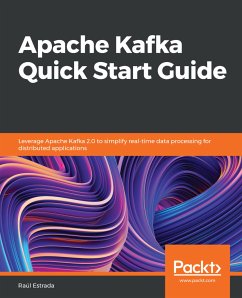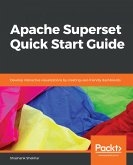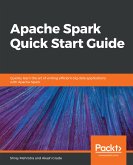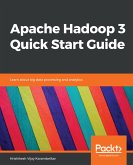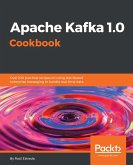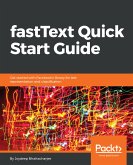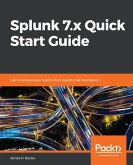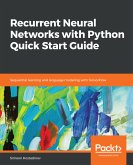This book focuses on programming rather than the configuration management of Kafka clusters or DevOps. It starts off with the installation and setting up the development environment, before quickly moving on to performing fundamental messaging operations such as validation and enrichment.
Here you will learn about message composition with pure Kafka API and Kafka Streams. You will look into the transformation of messages in different formats, such asext, binary, XML, JSON, and AVRO. Next, you will learn how to expose the schemas contained in Kafka with the Schema Registry. You will then learn how to work with all relevant connectors with Kafka Connect. While working with Kafka Streams, you will perform various interesting operations on streams, such as windowing, joins, and aggregations. Finally, through KSQL, you will learn how to retrieve, insert, modify, and delete data streams, and how to manipulate watermarks and windows.
Dieser Download kann aus rechtlichen Gründen nur mit Rechnungsadresse in A, B, BG, CY, CZ, D, DK, EW, E, FIN, F, GR, HR, H, IRL, I, LT, L, LR, M, NL, PL, P, R, S, SLO, SK ausgeliefert werden.

